A good autoclave does more than protect dental practitioners and patients from viruses and bacteria. There are many critical factors that may or may not be immediately apparent when selecting a steam sterilizer. Will the new autoclave fit well into your infection control and sterilisation process? Does it automatically and effectively reprocess your RMD’s (Reusable Medical Device Care)? Does it comply with stringent Australian Standards (AS) such that it can pass an audit with flying colours? Is it part of an efficient total solution system that helps cut down labour hours? Does it improve staff safety and patient care?
It may be helpful taking a 360-degree hygiene tour before embarking on that purchase decision.
Right class of autoclave
Autoclaves come in different classes, generally referred to as class N, class S, and class B. Though they serve the same purpose, they differ in terms of the type of instruments they can sterilise and the level of sterilisation they can achieve.
Class B is the best for dental practices, but you must understand the other options too before making your final decision.
Sterilisation needs
Your sterilisation needs depend on a number of factors, including the type of instruments you use and the volume of items that need sterilisation in your dental practice at a time. This will help you choose the right type and the right size of dental autoclave.
Reliable products
Reliability is a key factor when choosing the right dental equipment. Consider the efficiency of what you have to buy, as well as the warranty, after-sales services and ease-of-use. It is also better to buy from a dental equipment supplier that has trained technicians for regular services and maintenance.
Patient care
The concept of patient care means very little unless your practice delivers a valid and consistent washing performance that improves patient outcomes. The last thing you need is an embarrassing patient recall that compromises your practice reputation in infection prevention.
Standards compliance
Dental autoclaves are required to meet certain standards while performing the ultimate function of safety assurance for patients and dental practitioners. As a registered dental practitioner, you are legally required to ensure that your practice complies with every policy included in ADA’s Guidelines for Infection Control – whether existing or prevailing.
For example, the new standard AS:5369 (coming in 2022) will be moving away from the manual reprocessing of Reusable Medical devices (RMD’s). As it stands, international guidelines recommend that manual cleaning should only be used if mechanical or automated methods are not available.
To take the guesswork out of the equation, MELAG thermal disinfectors such as the MELAtherm 10 and MELatherm 10 Evolution provide automated cleaning and disinfection.
Unless in cases where automatic washer units cannot be used – or for difficult to clean instruments – automated thermal disinfectors help you stay on the right side of the ADA regulations.
Labour Saving
The less time your staff spends washing at the sink – and the more after-hours reprocessing that your practice clocks – the more time they get to spend with your patients.
Thermal disinfectors that provide automated cleaning and disinfection help to save and free up labour time. In fact the time-savings have been found to be more substantial than previously thought – even in the case of autoclaves that are considered to have long cycle times.
Cycle times
Depending on the types of dental autoclave and sterilization temperature, dental autoclave sterilisation time typically ranges from 25 min – 150 min.
With a smart dental autoclave unit, you have the ability to reach the set temperature quickly and maintain optimum levels for the right intervals of time. Not only will that save on time and electricity costs, a shorter cycle means your practice can handle a higher number of patients in a day.
The class B autoclave from MELAG known as MELAquick 12 promises a short cycle time of only about 7 minutes. Even in a fast paced clinic, MELAquick 12 allows you to guarantee sterilized handpieces for each patient, while you sterilize the other instruments in a vacuum sterilizer like the MELAG Vekuclave 31B.
Staff Safety
If the health and safety of your staff ranks high on that priority list, it may be time to give automation the consideration it deserves.
Automated sterilisation helps to prevent staff injuries – by reducing handling of contaminated items or needle sticks – and exposure to aerosols, such as enzymatic chemicals whilst manual washing.
Automated washing of RMD’s achieves a high level disinfection through the thermal disinfection phase for the all-round safety of both staff and patients.
Reusable Medical Device Care (RMD)
Reprocessing is a multistep process required to ensure that a RMD is safe for its intended use.
Sterilisers achieve a thorough wash through the following: Mechanical wash action; the use of chemistries at elevated wash temperatures; final rinse in pure water; effective drying to all areas and surfaces of the instrument.
Whilst disinfection reduces the number of microorganisms by a factor of 100.000, sterilization achieves a factor of 1.000.000. Notably, integrated solutions from MELAG combine both sterilization and disinfection in a structured workflow for safe instrument reprocessing.
Right brand of dental autoclave
Even dental autoclaves of the same class are not necessarily made equal. Brands can make a big difference. It is always better to buy a brand with a good name and reputation. You also need to be sure that the products meet the required standards and have been approved for use in your area.
Trusted brands like MELAG are known for their quality design and manufacturing. The company’s decontamination and sterilisation range is backed by a two-year warranty with an expected 10-year life span.
Supplier confidence
Every good dentist wants the best dental autoclave for their practice, but the sheer number of options out there is overwhelming, especially if you don't have a reliable dental supplier to guide you.
William Green is easily one of the country’s most established and trusted names in dental supply. Besides carrying a wide range of accessories to meet customers’ requirements, William Green employs a skilled team of trained engineers to ensure quality installations as well as reliable maintenance and support.
William Green supplies all the system solutions ready to be implemented in your preferred workflow: From transportation and pre-treatment to cleaning; disinfection to packaging; inspection to sterilization; release to labelling/tracking; sealing to documentation and approval.

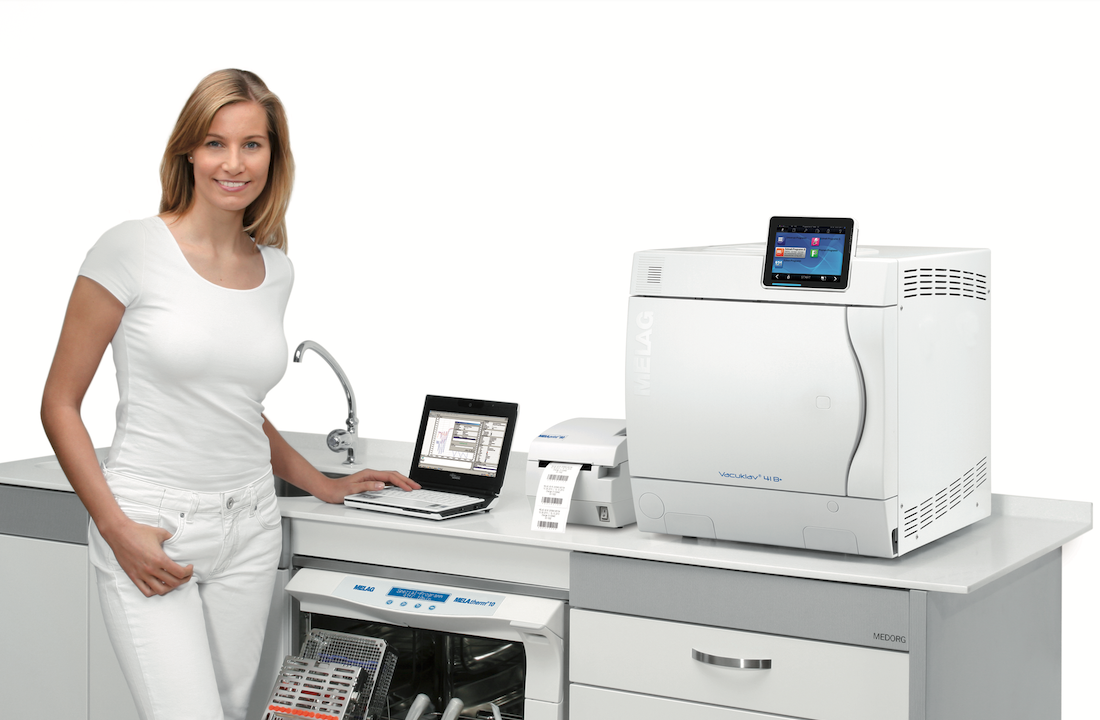
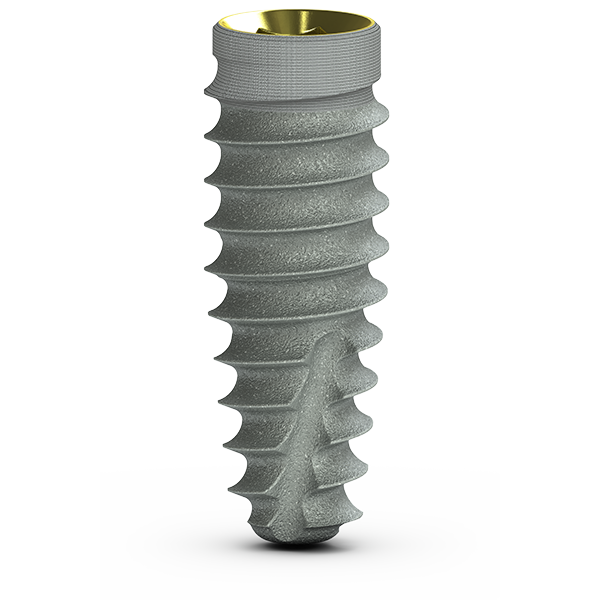
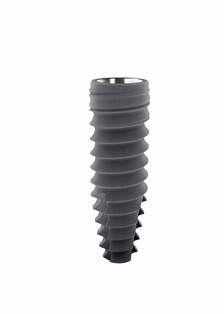
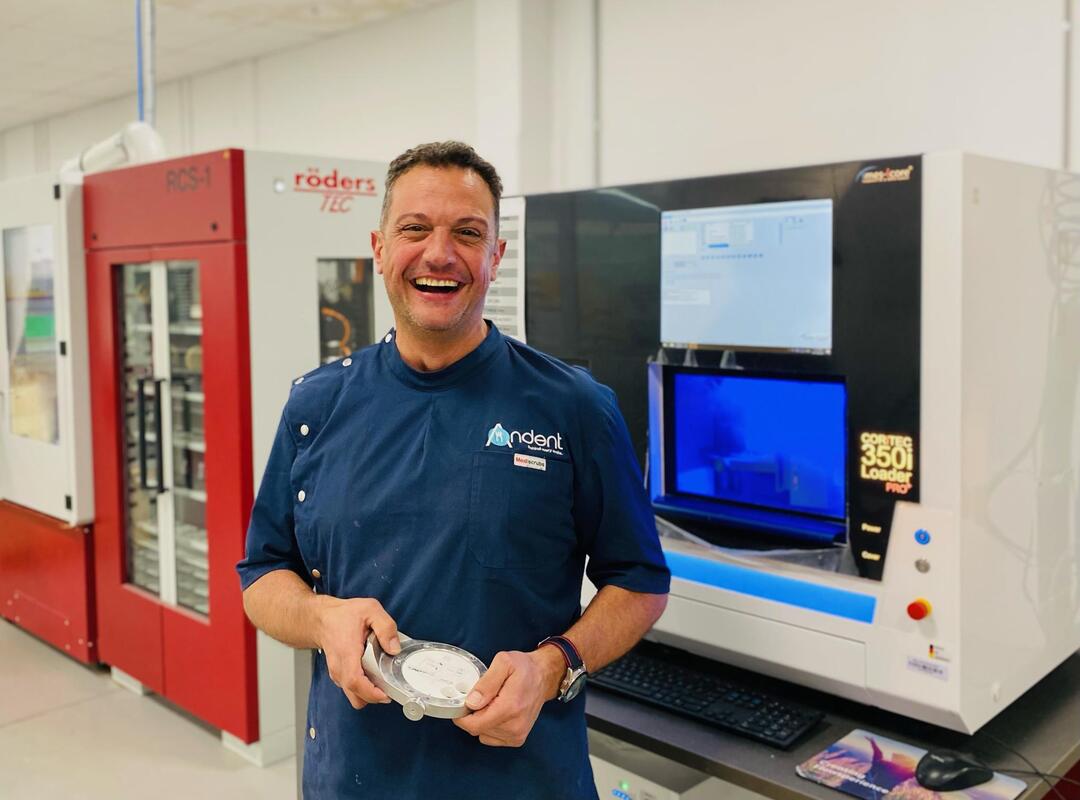
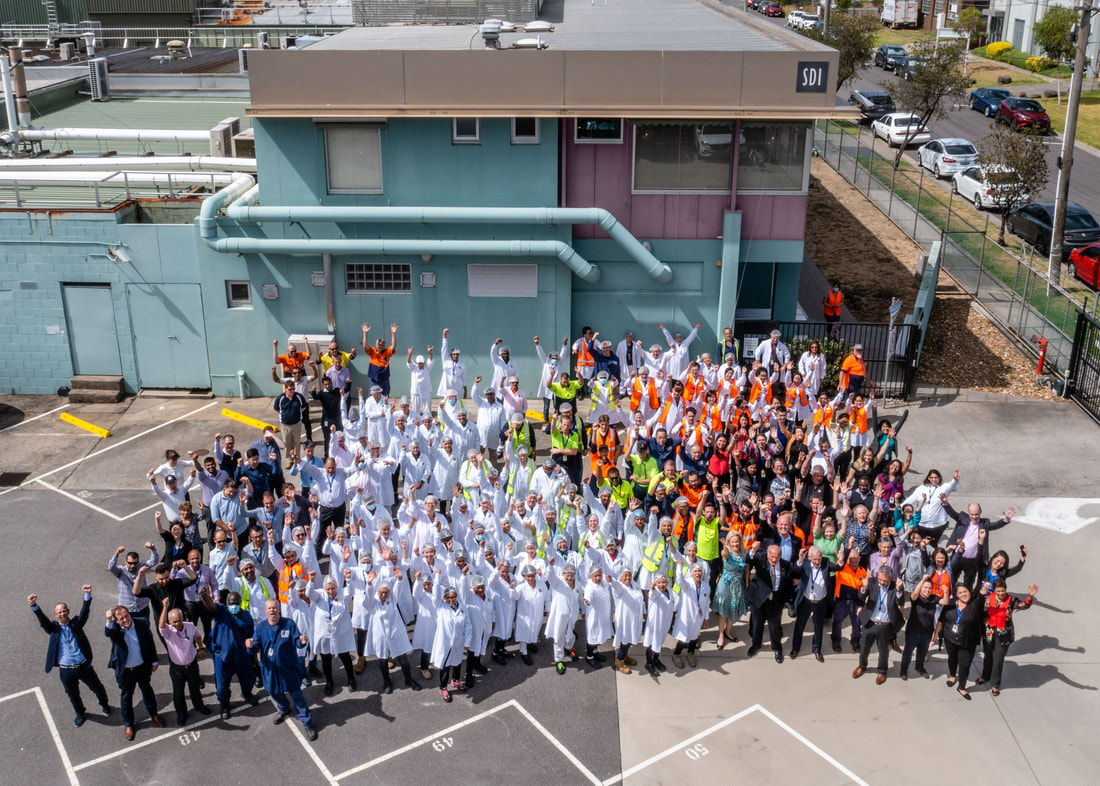
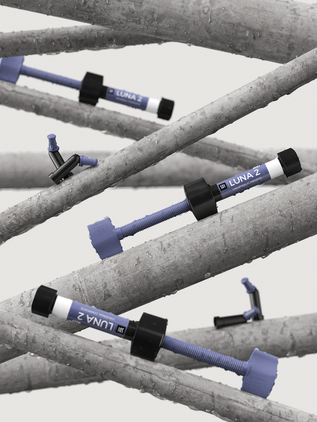
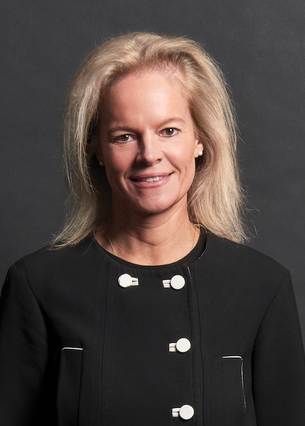
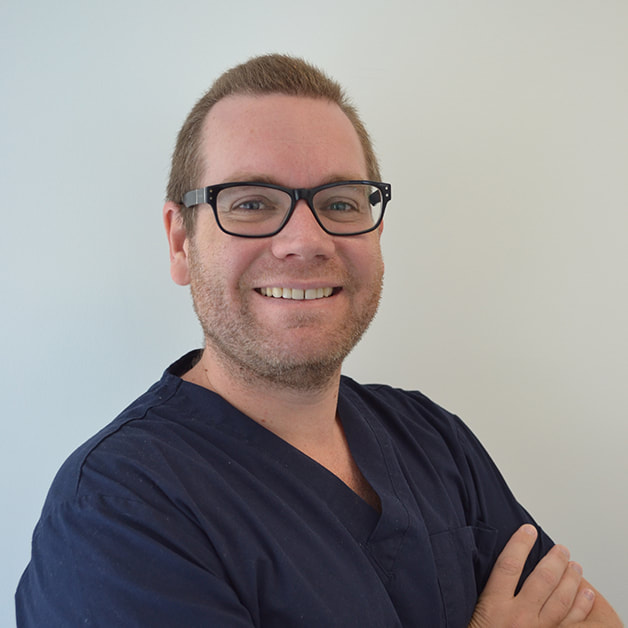
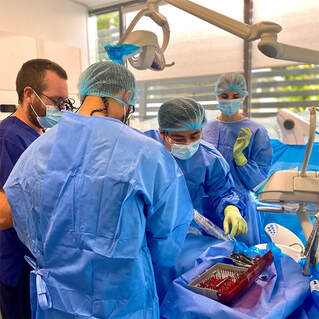
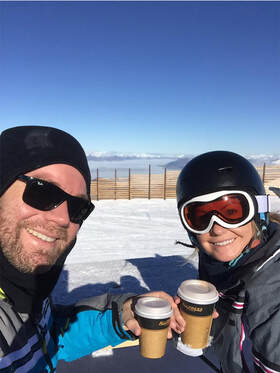
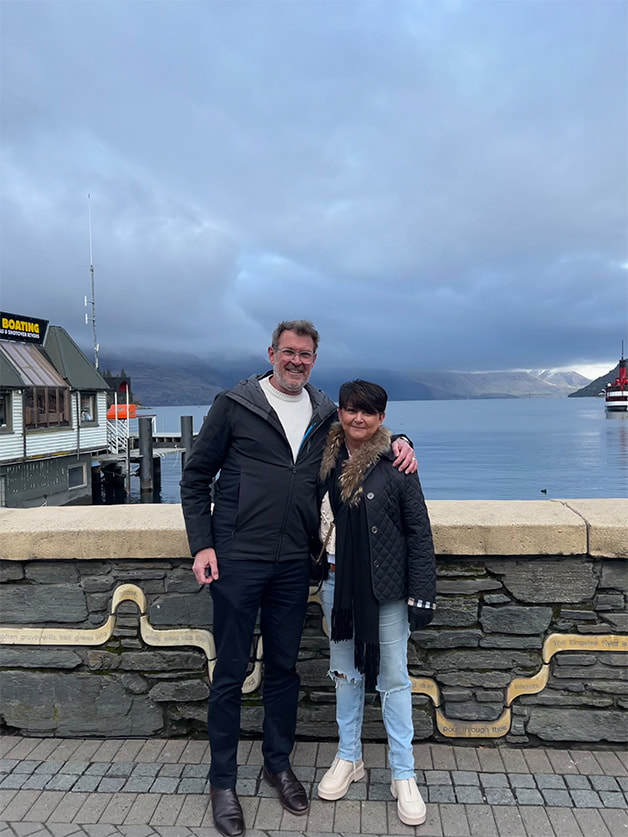
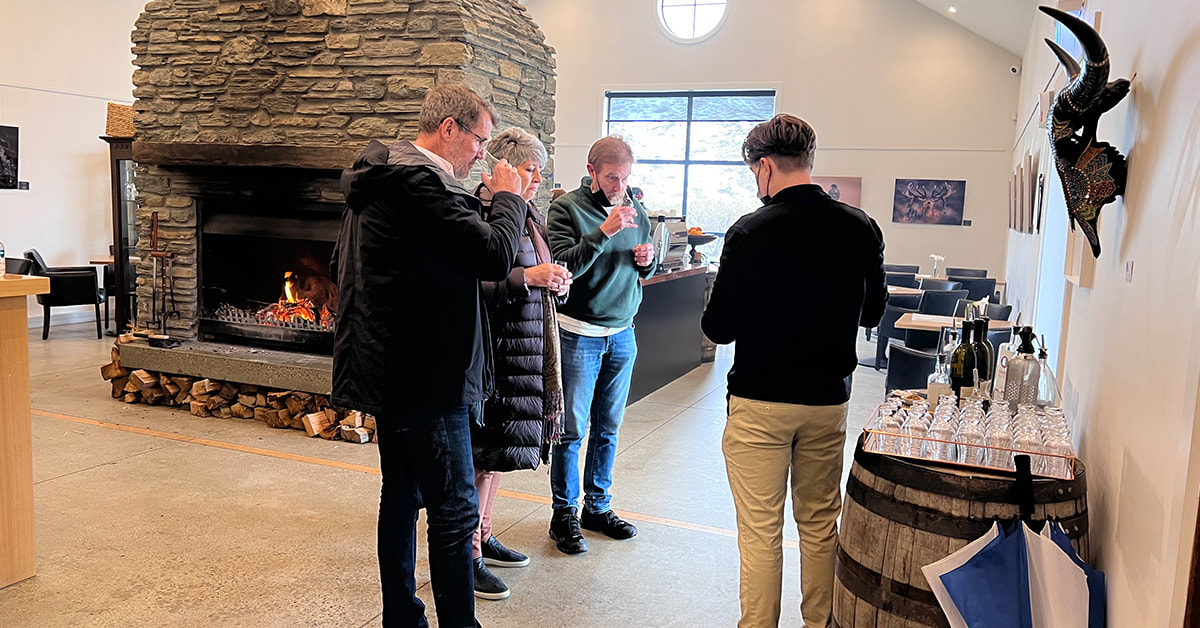
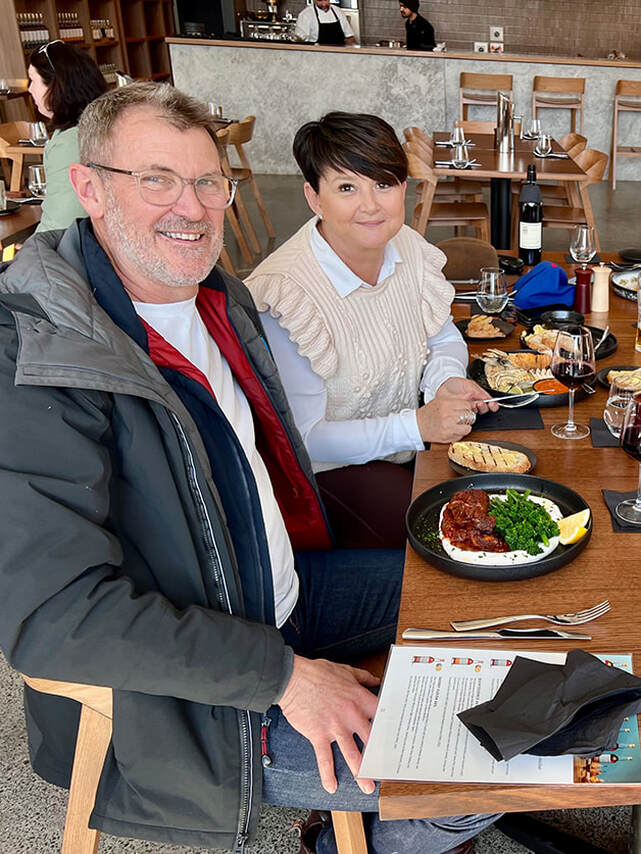

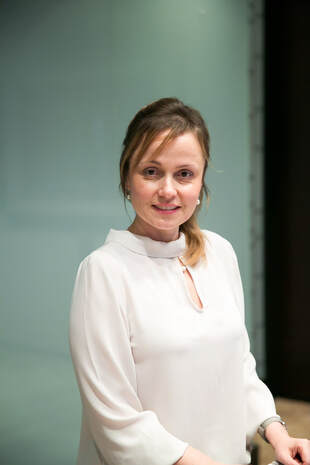
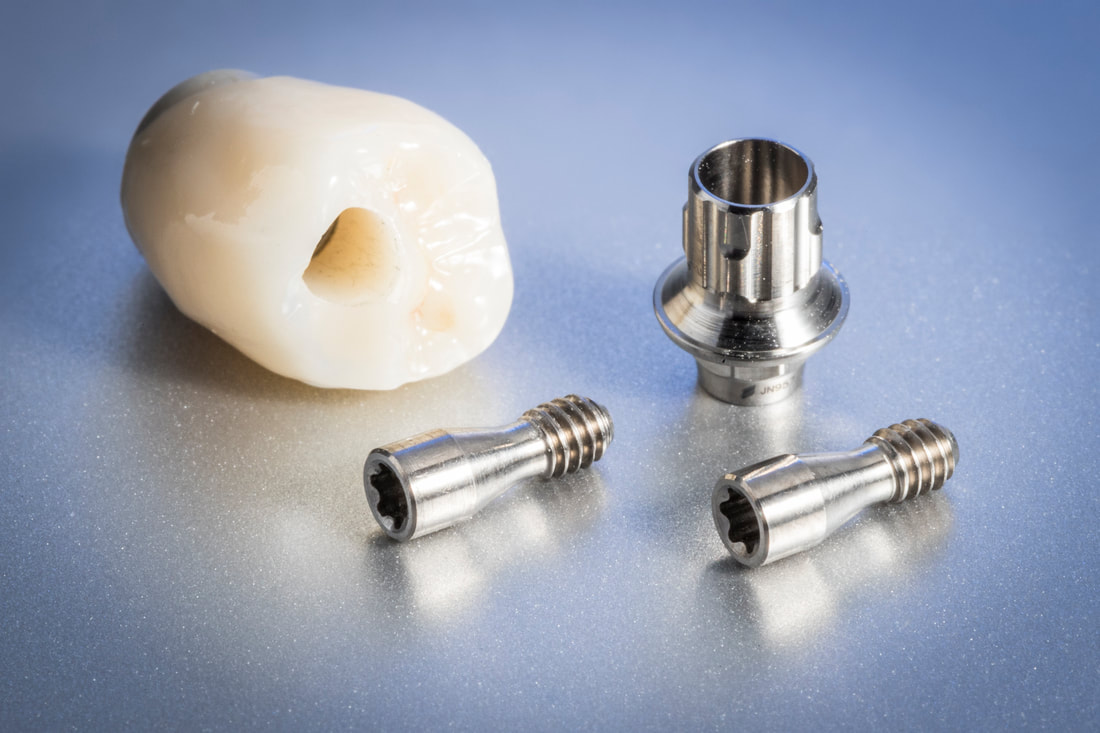
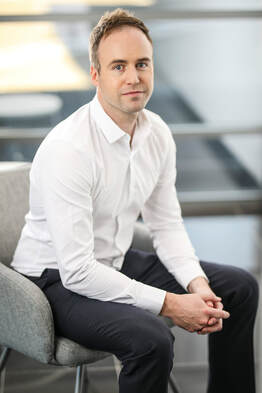

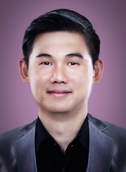
 RSS Feed
RSS Feed
